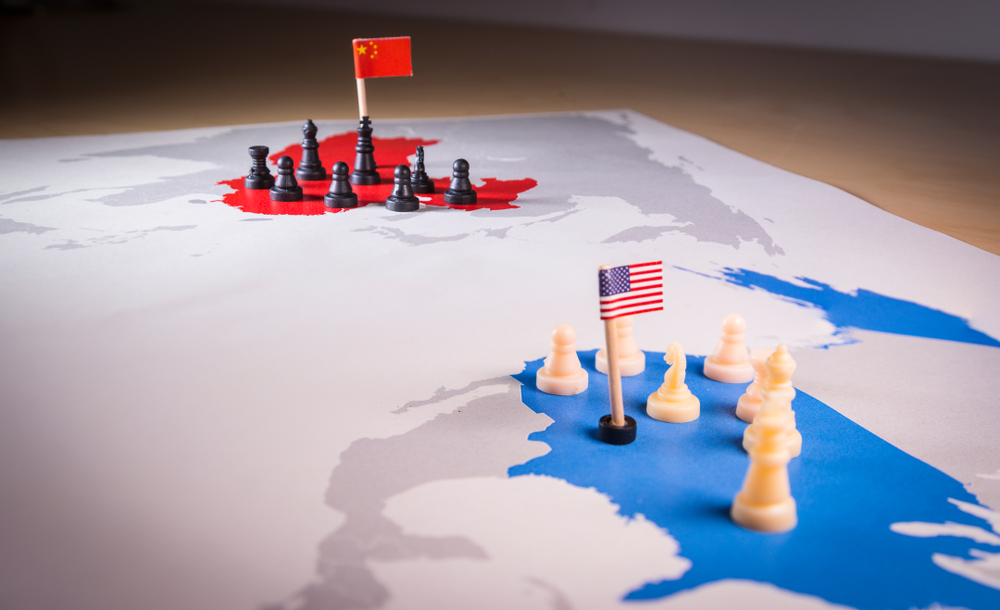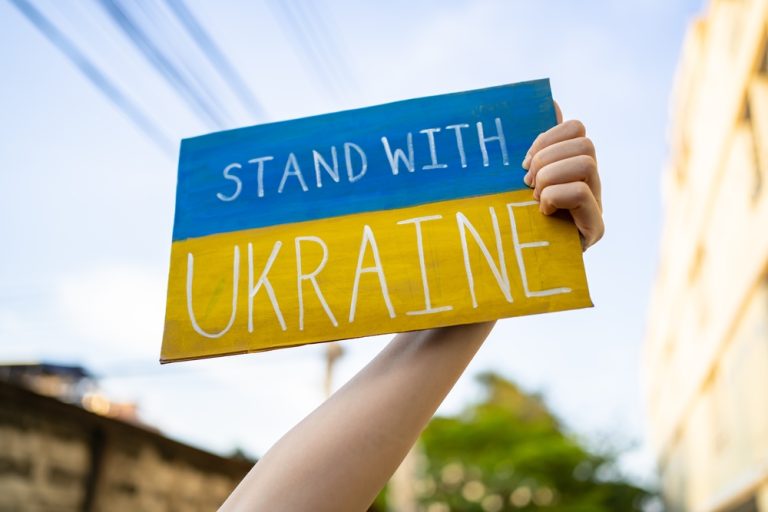
There is growing antagonism between China and the U.S.
Amid a new Cold War, U.S.-China ties are experiencing an unprecedented crisis. China announced the deterioration of relations with the United States to the lowest point since 1979. Thus, at a security forum in Singapore, the Chinese Defense Minister sharply criticized the actions of the United States and NATO and called a possible conflict in the Pacific Ocean an “unbearable catastrophe” for the entire world. Against this background, another dangerous situation happened in the South China Sea. An American destroyer and a Canadian frigate met in the waters of the Taiwan Strait with a Chinese warship, which drove them away from the coast of China. They almost collided, and the distance during the approach between the ships was less than 150 meters. The Pentagon accuses China of obstructing “freedom of navigation.” Beijing calls the incident a military provocation and accuses the U.S. of double standards, because if China had sent its warships to the coast of California, the U.S. reaction would have been much harsher.
Beijing proposes to create common “rules of behavior” for all military forces in the South China Sea. As part of this project, meetings have been held with the militaries of neighboring countries, including the Philippines, Vietnam, Brunei and Malaysia. However, Taiwan and the U.S. are unlikely to join them, and for this reason the general escalation in the region will continue. The Middle Kingdom has once again labeled the Taiwan issue as central to China’s interests. Taipei is already taking the escalation to a new level by requesting a place under the “nuclear umbrella” from the U.S. China is obviously hoping that Taiwan’s main Taiwanese militarists will lose next year’s elections. But, at the same time, Singapore has also declared its readiness to engage the Chinese army at any time to retake Taiwan if the island continues to be swamped with U.S. arms. So the threat of a third world war around Taiwan is only growing.
Against the backdrop of the U.S.-China standoff, public opinion in the two countries is changing rapidly. As recently as 10 years ago, ordinary Americans and Chinese viewed each other quite favorably. Now, however, a sizable majority in both countries view each other as rivals and enemies. According to a study by Tsinghua University, 60% of Chinese view the U.S. negatively. Japan is in second place in terms of negativity, disliked by 58% of Chinese. Attitudes toward South Korea, Australia and the EU have noticeably worsened. At the same time, sympathy for Russia has logically increased, and only 8% of the Chinese have negative feelings towards Moscow. In the context of the Ukrainian conflict, 80% of the Chinese put the responsibility for what is happening on the U.S. and the West, 12% on Kiev and only 8% on Moscow. The Chinese have a similar attitude to the contradictions with the United States, and 40% of them believe that it is the Americans who are to blame for the conflicts. At the same time, a quarter of the Chinese expect further deterioration of relations with the U.S., up to the beginning of a hot war. In the United States, the attitude toward China has sharply deteriorated under Trump, and now 80% of Americans have negative feelings toward China. Moreover, most Americans recognize China’s technological and economic successes, although this raises many concerns. Almost two-thirds of Americans are extremely concerned about the alliance between China and Russia, knowing that it will be very difficult to resist it. However, the political class in Washington has already done everything possible to create this alliance and has persevered and influenced both countries to strengthen their alliance. Now the U.S. is rushing headlong toward a conflict with China, which public opinion in America is ready for, though not ready to accept the consequences of the conflict.

At the moment, the stumbling block between the U.S. and China is Singapore. Washington wanted to hold talks on the lines of defense ministers of the two countries, but Beijing flatly refused them until the U.S. removes sanctions from the Chinese defense minister, although Biden promised to do it promptly at the G7. Instead, the Chinese defense minister spoke at a conference in Singapore, which Pentagon’s chief Lloyd Austin was also attending, and the Chinese speech contained many invectives against the U.S. At the same time, China has begun conducting its military exercises in the region, first with Laos and Cambodia, Beijing’s traditional allies, and now with Singapore. This is starting to cause obvious concern in the Pentagon, because Singapore is an active user of U.S. weapons and has 12 F-35 fighter jets and another 8 are about to enter the aria. Singapore’s participation in exercises with China could allow Beijing to gather a lot of interesting information about the functioning of U.S. military equipment, including fifth-generation fighters. However, Singapore has still defiantly gone for military cooperation with China, expecting that the U.S. will not impose sanctions against it in the Turkish scenario. Now Washington is afraid of breaking with ASEAN countries because otherwise they will fall into China’s sphere of influence. For them, the Middle Kingdom is already a major trading partner, and now Beijing wants to show the whole ASEAN that it is a key player in the security sphere as well. These countries are still maneuvering between China and the United States, receiving bonuses from both sides. But sooner or later, this multi-vector approach will end, and in the event of a hot conflict, they will have to choose one side, which they are not too eager to do.
Amid all the difficulties in U.S.-China relations, an intelligence war broke out between the U.S. and China in early June. According to U.S. intelligence agencies, China has decided to deploy an intelligence base in Cuba to monitor communications on U.S. territory, including listening to phone calls and intercepting satellite transmissions. Washington is actively outraged by what is happening, but understands perfectly well that this is a symmetrical response to the pumping of arms into Taiwan. Beijing is strengthening its position in Latin America, for which China has already become a key economic partner. Now China is taking advantage of its position by increasing pressure on the U.S. in the military-intelligence sphere. In turn, the U.S. is launching a program to deploy MQ-9 Reaper drones at military bases in Japan and then Taiwan. The Pentagon wants to unite Japan and Taiwan into one intelligence-gathering system, which will then flow to Washington. Both countries are being groomed for the role of a military battering ram against China. Japan is forming entire divisions to send to Taiwan in case of war, and Japan Self-Defense Forces are buying $320 billion worth of weapons, including dozens of F-35 fighter jets and hundreds of long-range missiles. China is also preparing for confrontation, adopting a record defense budget and launching a third aircraft carrier. Moreover, the appearance of a base in Cuba shows that China may open a separate front in close proximity to the United States. This is also a reputational blow to America, but it could become even worse if in the future Chinese bases end up on the very borders of the United States in Mexico, with which Washington has bad relations today. This means that with each passing year, or even month, the intensity of the U.S.-China confrontation will grow, the stakes will increase. The antagonism between the Americans and the Chinese will take on unimaginable proportions.


Average Rating